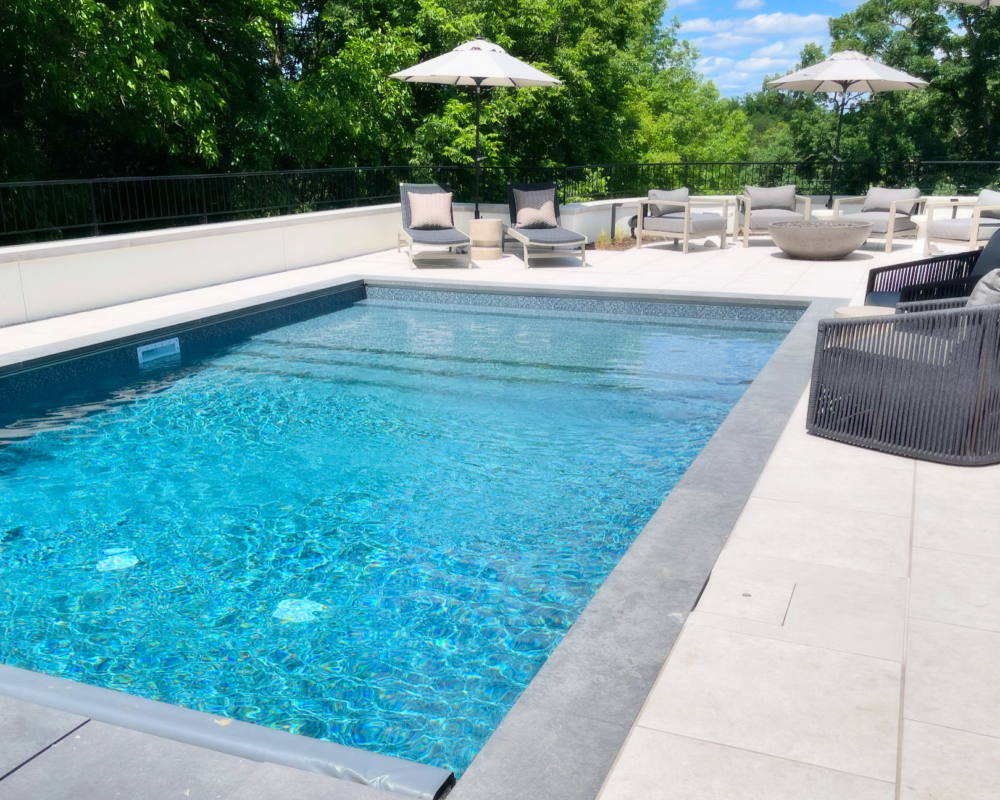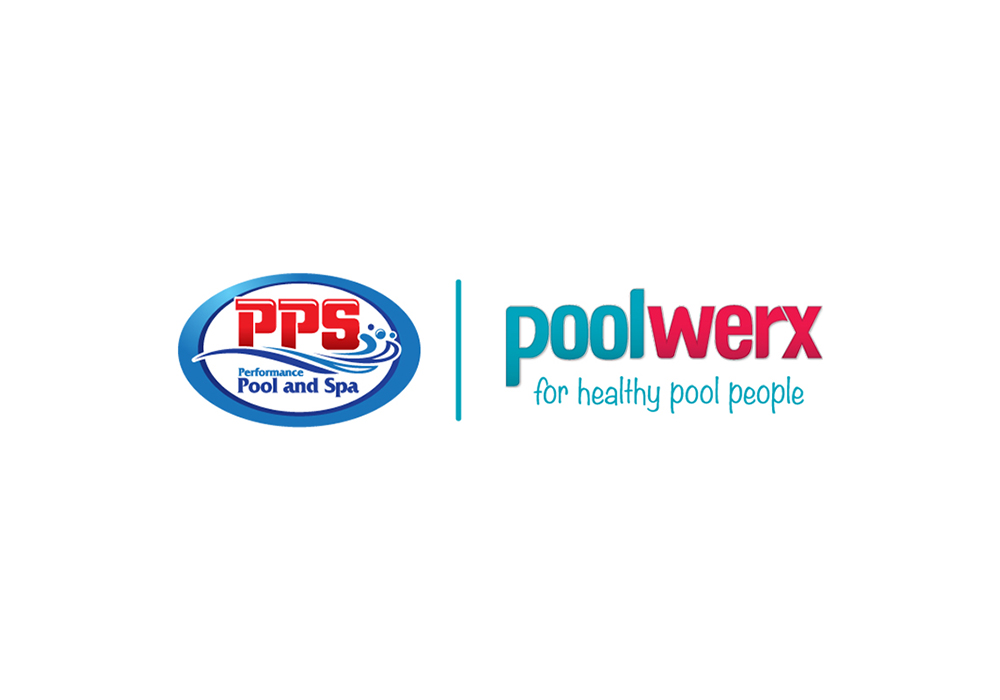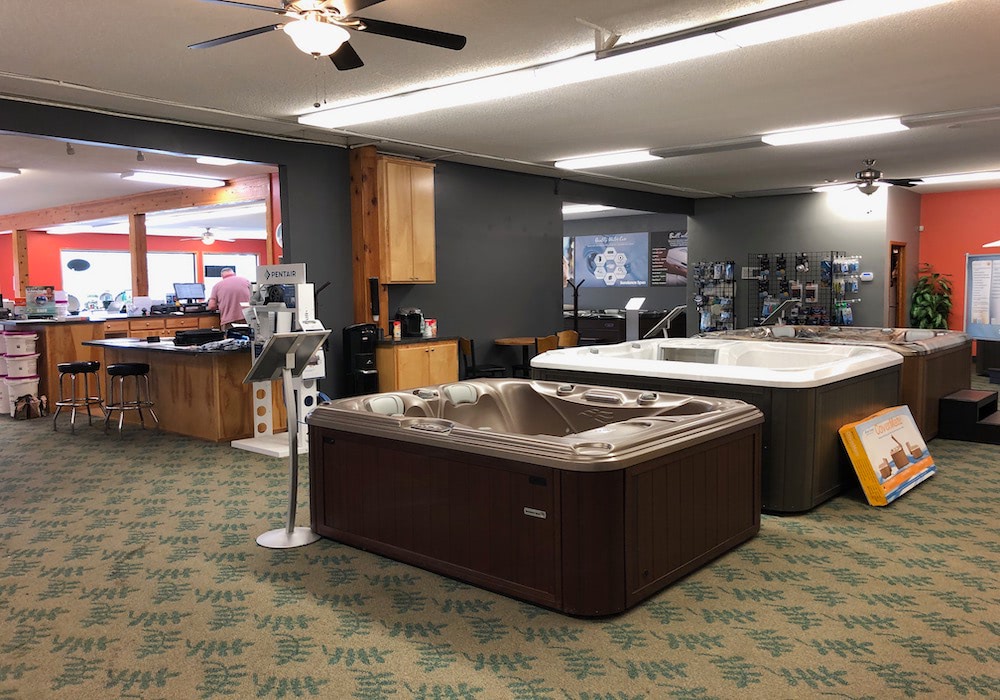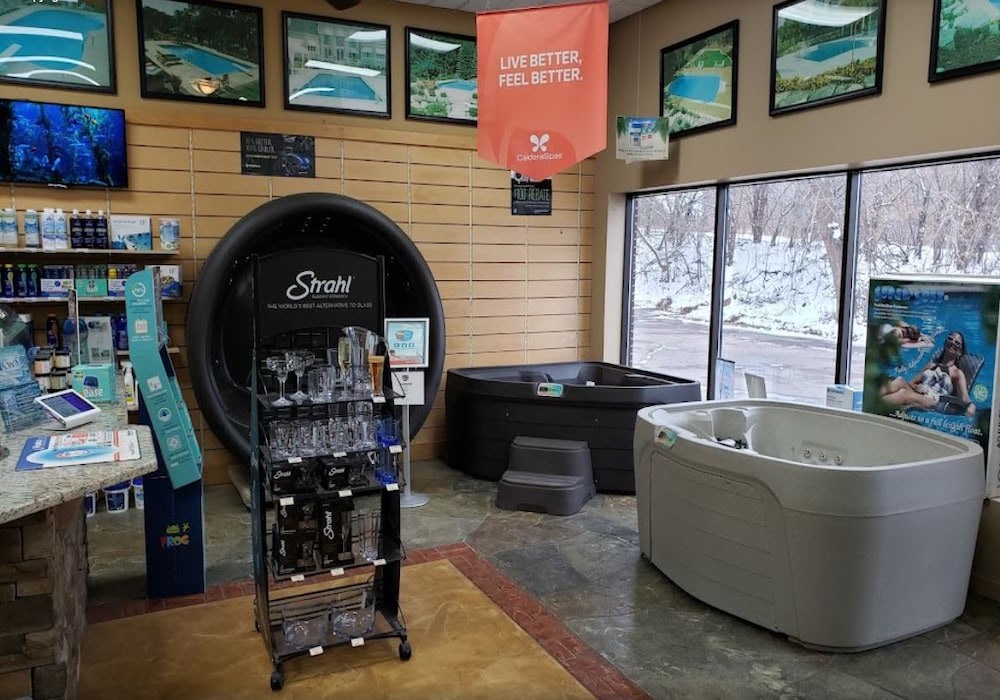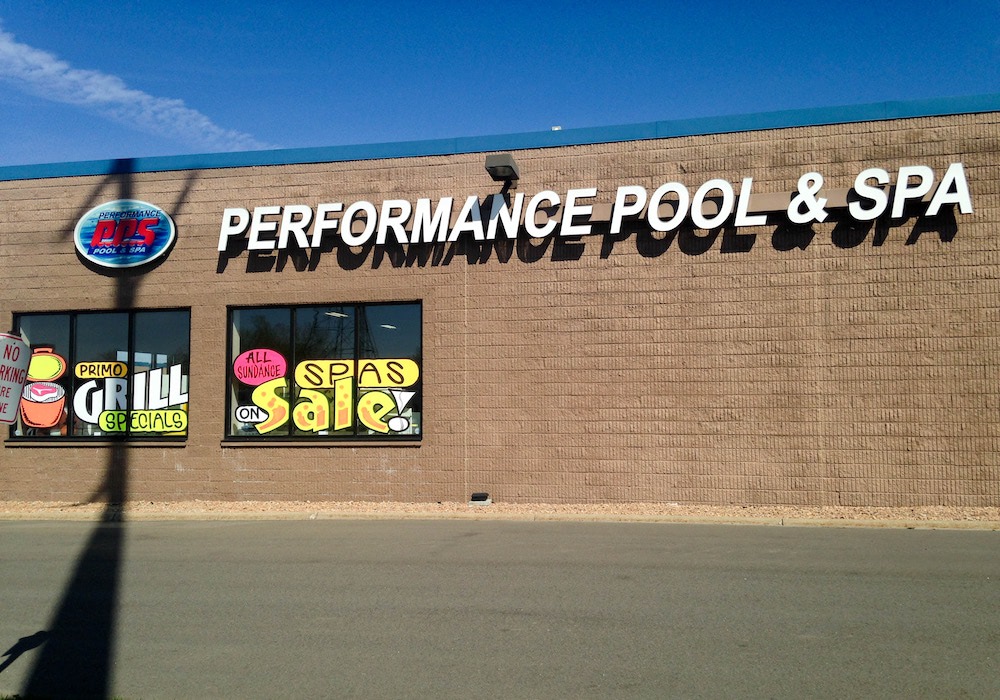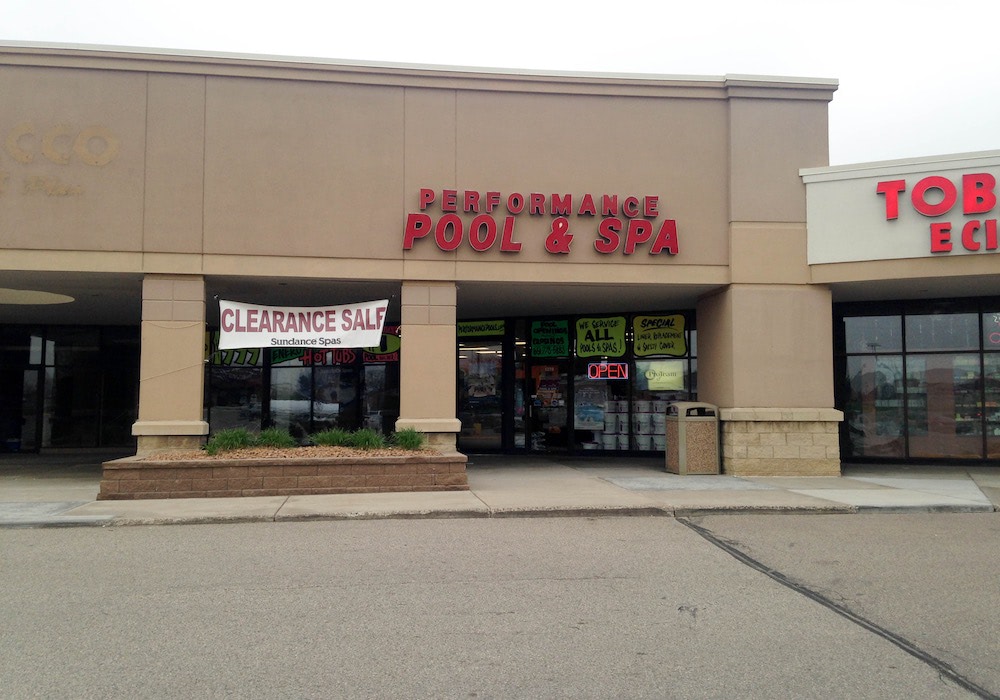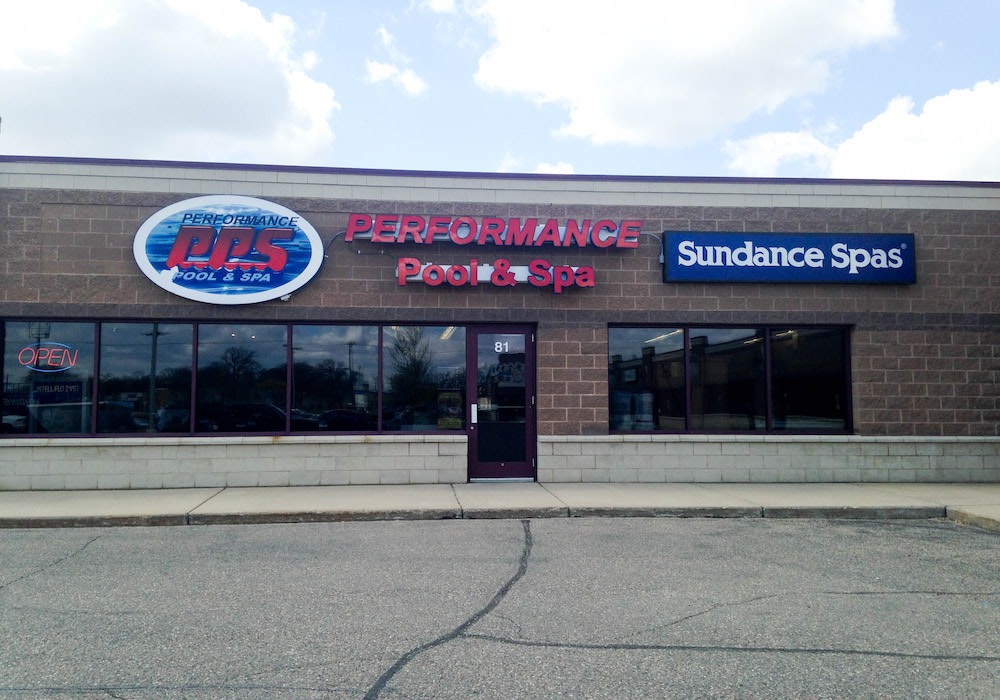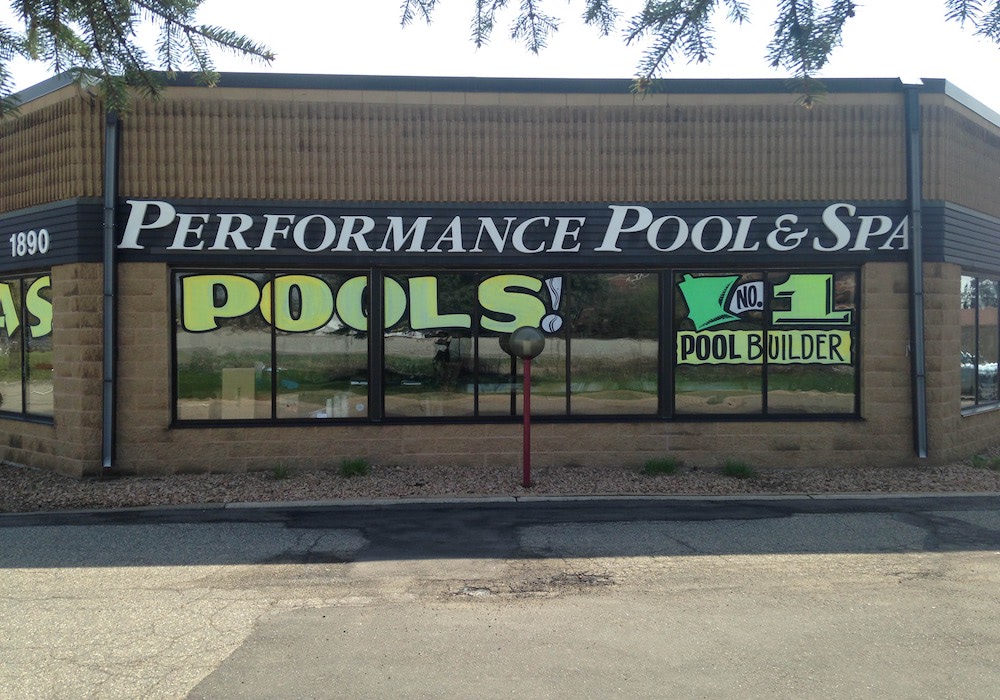Spa Sanitizer: Chlorine vs Bromine
Posted: February 25, 2022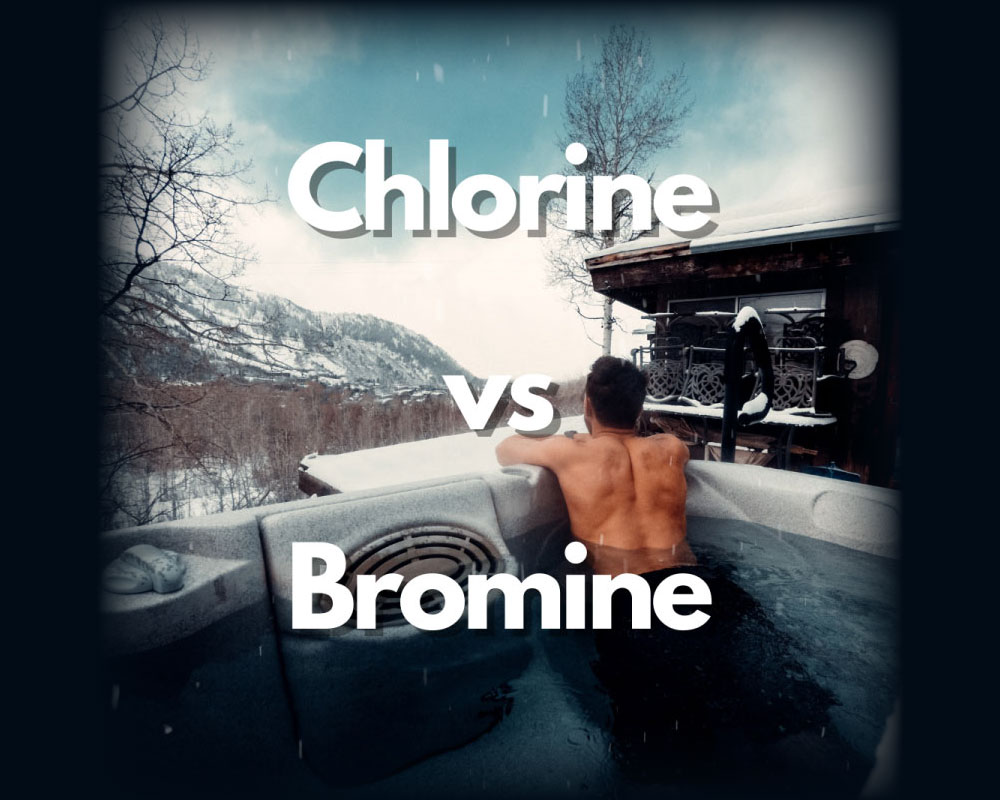
Over the many years since spas started being put in backyards all across the world, there have been a variety of different systems and chemicals invented to keep them clean. However, despite all these various sanitizing systems, there are two that dominate over all others: chlorine and bromine. But which one is better? It can be hard to say as every sanitizing system has its pros and cons, but let’s try to answer that question as best as possible as we dive into the differences between using chlorine and bromine in the spa.
The Science of Sanitization
Both chlorine and bromine sanitize the water by killing bacteria and other contaminants, they just do so in slightly different ways.
Chlorine kills contaminants through oxidation, and as it eliminates the bad stuff, a nasty byproduct called chloramines begin to form. These chloramines are responsible for the “bad chlorine smell” you may get when you go to an indoor pool or neglect your spa for a while. The only way to evict these chloramines is to add chlorine to the spa on a regular basis, which you will want to do, as the more chloramines build up, the smellier, more irritating, and harder to control your water becomes.
Bromine kills contaminants through a process called ionization. The bromine forces apart the chemical bonds of the contaminants. Even after killing contaminants, a good portion of bromine will remain in the water to fight more gunk as it comes up. Bromine also produces a harmful byproduct like chlorine, except instead of chloramines, bromine produces bromamines. Bromamines, while not as harmful or caustic as chloramines, can still reduce the effectiveness of the bromine in your spa. To reduce bromamines, you can add more bromine on a regular basis, or use a good amount of shock to oxidize the bromamines away.
Cleaning & Chemistry
Both bromine and chlorine are very effective when it comes to killing contaminants, but there are some marked differences in their cleaning performance.
Chlorine kills contaminants at a much faster rate than Bromine. As a trade-off; bromine, while less reactive and therefore slightly less effective than chlorine at killing contaminants, has a lower pH than chlorine and will keep your water more balanced overall which means less hassle for you when adjusting your water chemistry.
Even though chlorine may kill contaminants faster than chlorine, bromine is more stable in warm water. As chlorine is not as stable as bromine it will be used up more quickly than bromine and thereby need replacing more often than bromine which will stay active killing contaminants for a longer period of time.
When adding the sanitizer to the water, you will need to add more bromine than chlorine. This is because the ideal level for chlorine is 1-3 parts per million (ppm) whereas the ideal level for bromine is 3-5 ppm. Even though you need to use more bromine at first, it likely equals out to be the same amount as chlorine as the bromine will last longer in the water.
Bromine, Chlorine, and You
There is another factor we should consider aside from how the sanitizer affects the water when debating whether chlorine or bromine is superior, because you are in the water as well! So how do these two different chemicals affect the human body?
Although chlorine and bromine are both perfectly safe when used correctly in the proper amounts, they can affect us in some uncomfortable ways. Chlorine is the clear offender when it comes to bather discomfort, with users often reporting skin irritation, hair damage, and stinging fumes. On the other hand, bromine is more gentle on the body, but can be more difficult to wash off after your spa session.
Overall Pros vs Cons
Chlorine
Pros
- Kills contaminants more quickly
- Don’t need to add as much
Cons
- Dissipates faster
- More irritating
Bromine
Pros
- Lower pH to keep overall chemistry more balanced
- Kills bacteria over longer period of time
- More gentle on skin
Cons
- Kills contaminants more slowly
- Need to use more
- Costs more
- Can be more difficult to wash off skin
Making the Switch
So maybe you’ve been thinking about switching from chlorine to bromine or vice versa, how do you accomplish that? Changing your sanitization system between chlorine and bromine is easy, it’s just a matter of timing. Since you will be draining and refilling your spa every few months, that is the perfect time to switch sanitizers. We just don’t want to switch without draining and cleaning as bromine and chlorine can react dangerously with each other.
Whichever sanitizer you choose, keeping up with water chemistry and overall maintenance is the best way to keep a happy healthy spa.



